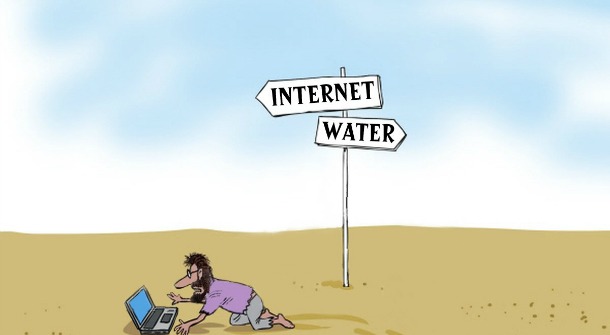Earlier this year, the EAT-Lancet Commission recommended an ideal diet for the optimal health of humans and the planet. The diet has now been found to be unaffordable for nearly 1.58 billion people across the world, including those in South Asia and sub-Saharan Africa.
The Lancet Global Health published this on Friday saying that the perfect diet would cost 64 per cent more than the lowest-cost combination of foods — which provides a balanced mix of 20 essential nutrient exclusively in low-income nations.
Designed to minimise environmental degradation, The EAT-Lancet diet involved doubling the consumption of fruits, nuts, vegetables and legumes, and cutting down on meat, added sugar, refined grains, and starchy vegetables. The diet aimed at adequately feeding the growing population while also protecting the planet.
This benchmark diet also suggested higher quantities of animal source foods, fruits and vegetables than the minimum required for nutrient adequacy, and in more portions than what is consumed in low-income nations.
The Commission had also suggested that huge reduction in meat consumption and an increased consumption of pulses could ensure that our future food systems will suitably feed the estimated population of 10 billion people in 2050.
The limitations found in the EAT-Lancet diet include the costs of such a diet in various parts of the world. In the new study, researchers from the US-based International Food Policy Research Institute (IFPRI) and the Tufts University sought to evaluate the affordability of this diet across different nations.
“When formulating this pioneering benchmark diet – addressing individual health outcomes as well as the health of the planet – the Commission deliberately did not take its cost into account,” said William Masters, an economist at the Tufts University and one of the authors of the study.
While conducting the study the researchers used prices for 744 food items in 159 countries, from which they identified the lowest-cost combination of items in each country to meet the EAT-Lancet criteria.
According to the researchers, this was the first study to their knowledge that calculated the cost of foods needed for a healthy and sustainable diet across the globe. Using standardised data for prices for 744 food items in 159 countries, they found the minimum daily cost of an EAT–Lancet reference diet in 2011 (in international dollars) ranged from a median of $2·42 in low-income countries to $2·66 in high-income countries. They argued that these reference diets are affordable for most of the world’s people, but not in low-income countries where the cheapest food options for meeting EAT–Lancet targets would cost nearly 90% of the mean per capita household income.
According to Kalle Hirvonen, lead author of the new study, “We found that the global median of the proposed diet would cost $2.84 per day. In low-income countries, that amounts to 89.1 per cent of a household’s daily per capita income, which is more than people can actually spend on food.”
Ms. Hirvonen, a development economist at the IFPRI in Ethiopia, further said, “In high-income countries, we found that the EAT-Lancet reference diet would cost 6.1 per cent of per-capita income, which is often less than what people now spend on food.”
Stating facts from some of the developing and under-developed countries across the world, the researchers highlighted that affordability of the ideal diet was distant dream for millions across the world. In Africa south of the Sahara, nearly 57 per cent of people earn less than the local cost of the EAT-Lancet diet. In South Asia, it is 38.4 per cent, Middle East and North Africa 19.4 per cent, East Asia and Pacific 15 percent, Latin America and Caribbean 11.6 per cent, Europe and Central Asia 1.7 per cent, and North America 1.2 per cent.
Fruits, vegetables and animal source foods are often the most expensive components of a healthy diet, as suggested by the EAT-Lancet, said researchers.
“Although 1.58 billion is a lot of people, it is actually a conservative lower limit on the total number who cannot afford the diet recommended by the EAT-Lancet Commission. The cost of food preparation and of non-food necessities ensure that an even larger number of people cannot afford that kind of healthy diet,” said another lead researcher Prof. William A. Masters.
Lead author Hirvonen also said, “Even if many poor consumers were to aspire to consume healthier and more environmentally sustainable foods, income and price constraints frequently render this diet unaffordable. Increased earnings and safety-net transfers, as well as systemic changes to lower food prices, are needed to bring healthy and sustainable diets within reach of the world’s poor.”
“Beyond affordability for the world’s poor, many other changes would be needed for people to choose an EAT–Lancet diet,” the researchers argued. Drivers of such choice among affordable items would include individually modifiable factors, such as time and convenience, nutrition knowledge, and acquired tastes and habits. These factors are in turn shaped by societal factors such as marketing practices, as well as forces outside the food system, including child care, housing, and transportation.
There are, however, limitations to the new study. It did not take into account additional costs and barriers to food use imposed by time constraints, tastes and preferences. The study also used 2011 prices and nationally-aggregated data. So, the next steps will include research on variation within countries as well as over time.














